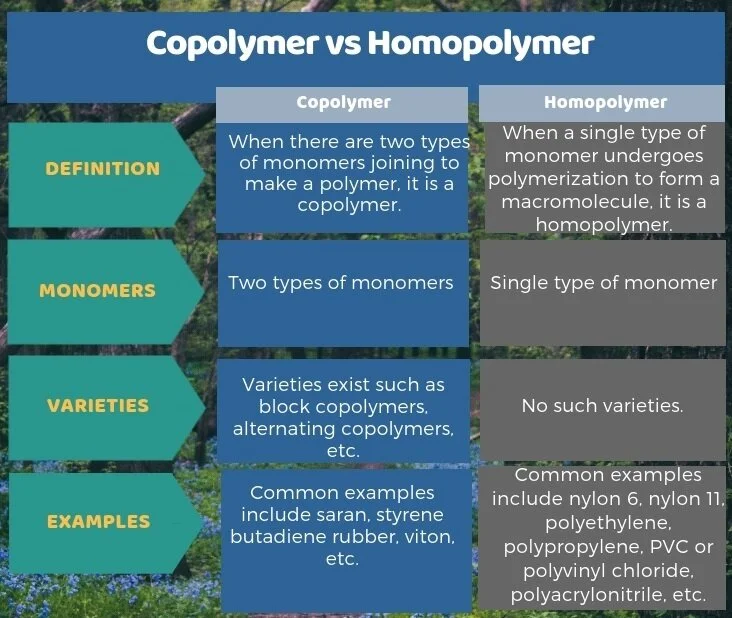A Look at the Superior Poly Tank Material: Homopolymer Polypropylene vs Co-Polymer Polypropylene
Traditionally, most “polypro” tanks are made with what is called “propylene homopolymer,” or “natural polypropylene.” This type of polypropylene has a high strength-to-weight ratio and is known for its stiffness and rigidity. In the plating industry, this natural polypropylene is the go-to material for most plastic-type tanks.
There is, however, another material, called “polypropylene copolymer” which is a less common material but is nonetheless superior in many ways. This copolymer polypropylene is a type of polypropylene that has a modified polymer chain which includes a different, “random” monomer molecule (for instance, ethylene). This molecular change results in some serious changes in physical property.
Compared to homopolymer PP, copolymer PP has a much higher impact resistance, increased flexibility and durability, and a lower melting point (which results in a lower heat-sealing temperature). Copolymer PP also tends to have a better stress crack resistance and lower temperature toughness than homopolymer. At the same time they exhibit essentially the same chemical resistance, water vapor permeability, and organoleptic properties (low tatste and odour contribution).
Given the comparative advantage of copolymer PP, it seems like a no-brainer to have a copolymer PP tank over a natural polypro tank. Because the copolymer is much more flexible and less stiff than the homopolymer, it will have a longer life than a natural polypro tank, and will be more resistant to stress and impact (for example, if a heavy anode or cathode falls of the bussing to the bottom of the tank). This means they are also less likely to get damaged during delivery. Copolymer PP also has a moderately better impact strength at temperatures down to 0°C, and have limited utility down to -25°C.
Plating International offers rigid plating tanks in both propylene homopolymer and copolymer polypropylene materials. Contact us for a quote today.


